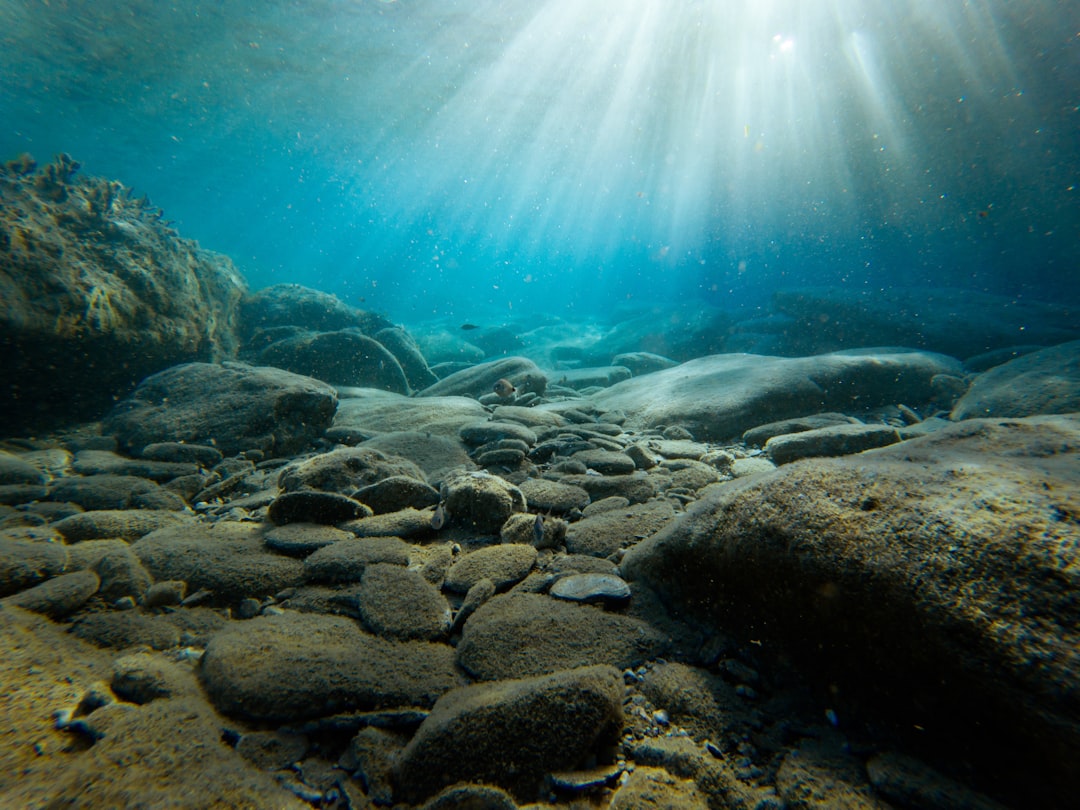What is it about?
Prior research has almost exclusively focused on how a species’ ability to survive in warmer climates determines its risk of extinction in the face of climate change, but this study uses dragonflies to show that a species’ ability to successfully mate under climate change can be just as important to helping them avoid extinction. Here, we studied an unusual hydrophobic, UV reflective wax (called “pruinescence”) that male dragonflies produce, which prevents males from overheating and drying out when they try to attract mates at sunlit ponds. We show that species without this wax have been unable to colonize the warmest and driest parts of North America, and that species without this wax are going extinct at much faster rates in parts of the United States that are warming up the fastest due to climate change. These results show for the first time that a species' ability to mate can be just as important to determining how it will respond to a changing planet as its ability to grow and survive.
Featured Image

Photo by Dustin Humes on Unsplash
Why is it important?
This research reveals that trait related to MATING can influence species' tolerance of stressful climates in exactly the same way as traits related to SURVIVAL. We show that species that can mate in warmer and drier climates are less vulnerable to climate change than species that cannot mate under those conditions.
Perspectives
Prior research on biological responses to climate change has really focused on whether or not a species is going to be able to survive in the new conditions. However, to improve our forecasts of where species might exist in the coming decades, our research shows that we need to also be thinking about whether or not the species can mate in those warmer and drier climates.
Michael Moore
University of Colorado Denver
Read the Original
This page is a summary of: An evolutionary innovation for mating facilitates ecological niche expansion and buffers species against climate change, Proceedings of the National Academy of Sciences, February 2024, Proceedings of the National Academy of Sciences,
DOI: 10.1073/pnas.2313371121.
You can read the full text:
Contributors
The following have contributed to this page










